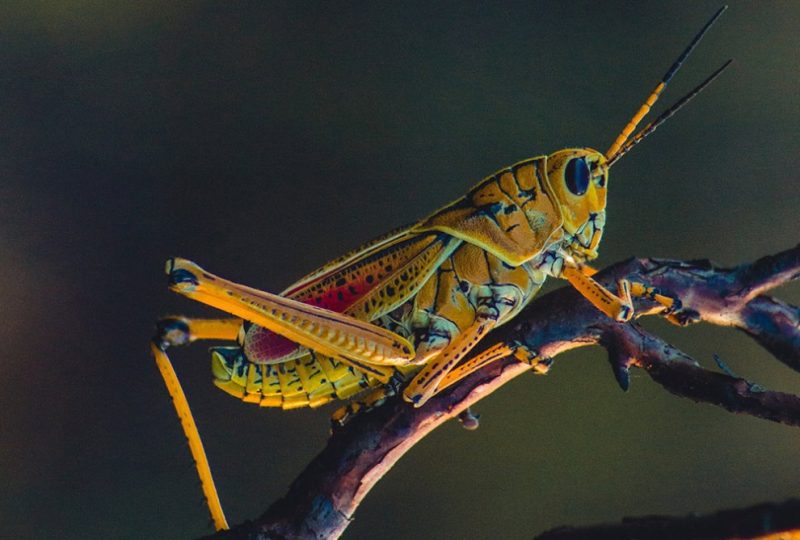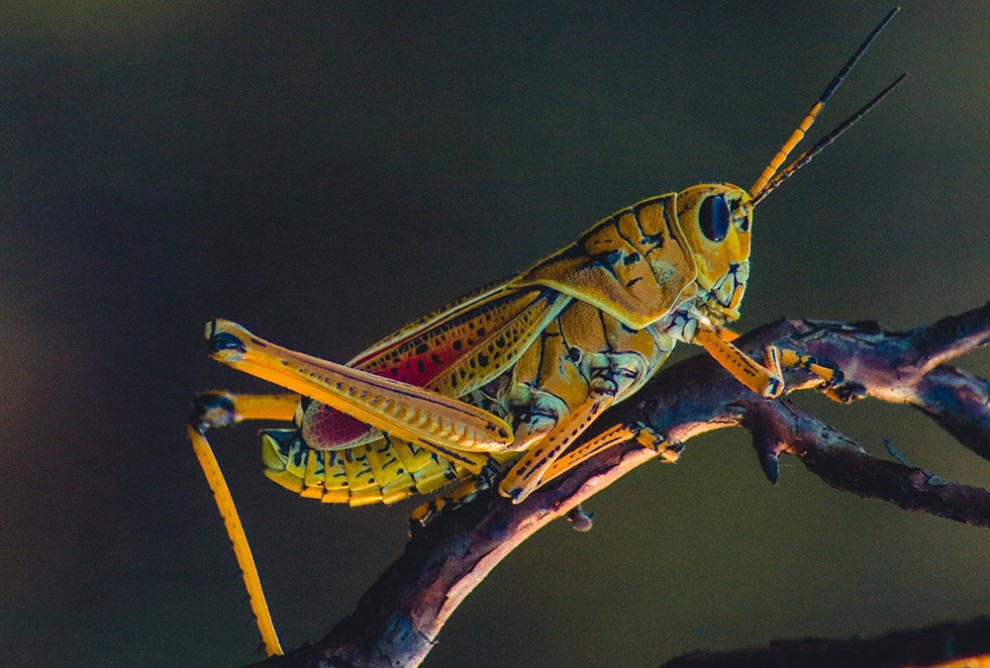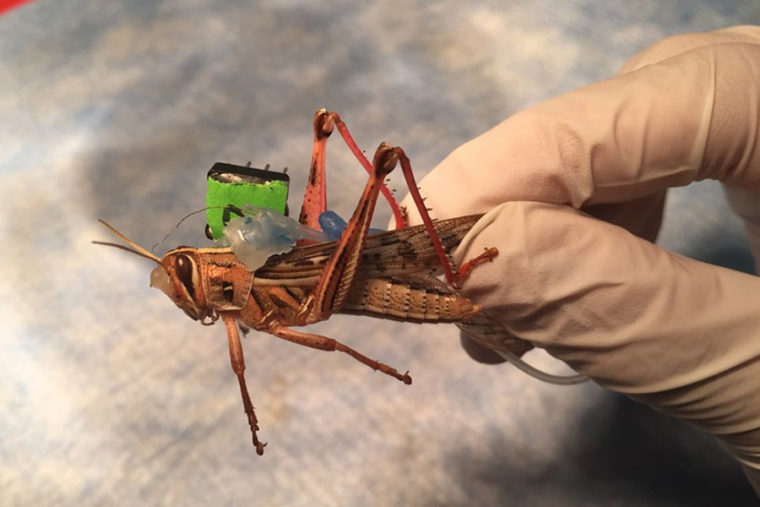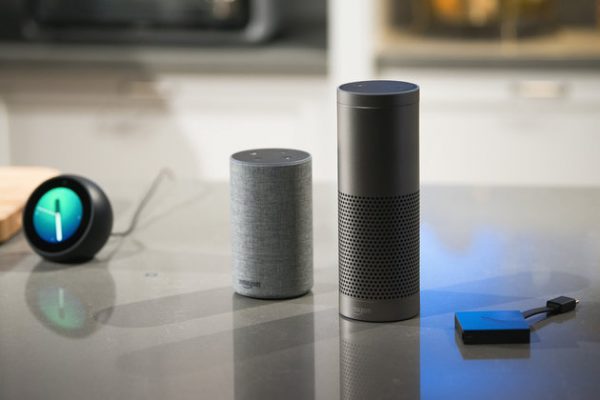Cyborg Insects to be Used as Biorobotic Sensing Machines to Sniff Out Explosives


Researchers and engineers from the Washington University in St Louis are looking to capitalise on the tremendous sense of smell found in locusts in order to create a sensing system, biorobotic in nature, for homeland security applications.
Baranidharan Raman, the associate professor of the Biomedical Engineering from the School of Engineering and Applied Sciences, has received a $750,000 grant for a three year research from the Office of Naval Research to make use of the highly sensitive olfactory system of the locust as a basis to develop the latest bio-hybrid nose. Raman shall be joined by esteemed engineering colleagues such as Srikanth Singamaneni, the associate professor of materials science and Shantanu Chakraborty, professor of computer science and engineering.
Raman mentions that the biological sensing systems aim to be far more complex than the ones in the engineering divisions, and it includes the chemical sensing system which is primarily responsible for the sense of smell in human beings. Even though the sense of smell is a very primitive one, it still happens to be conserved across various invertebrates and vertebrates species.
Raman mentions that biology has come across a solution for this purported problem of stand-off chemical sensing, and has been replicating the design along with computing the principles everywhere. A sensible understanding of the olfactory processing is necessary in order to engineer solutions that can be inspired by biology.

With previous funding for several years from the ONR, Raman has been studying the sensory signals, and how it can be processed in extremely simple brains of insects such as locusts. His team has been able to find out that there are certain odors that prompt a certain neural activity located in the brain of the locust that allow it to correctly identify a specific odor, even when other odors are present. In another research, his team has also found out that the locusts, which were trained to recognize certain odors, can do so even when presented with complex situations that comprise of overlapping scents and various background conditions.
Raman mentions that one must take advantage of this biological solution, and when the philosophy is evident, making use of a state-of-the-art miniaturized chemical sensing device is of primary importance. The team intends to monitor such neural activity in the brain of the locust, while ensuring that they can freely move and decipher all the odorants present in the test environment.
Taking such an approach would also require a lot of low-power electronic components that can log data as well as transport them in real time. An expert in developing miniaturized electronics, Chakraborty, will be collaborating with Raman on that issue.
There are plans formulated by the team to make use of locust as a biorobotic system that can collect samples with the use of remote control. Singamaneni, who happens to be an expert in nanomaterial multi-functions will develop a plasmonic tattoo, which will be entirely made out of bio-compatible silk and be applied to the wings of the locusts to enable it to move in particular locations with the help of a remote control. In addition to this feature, there would also be the collection of samples of the volatile organic compounds located in their proximity, which will let the researchers conduct some form of analysis to understand the chemical make-up of the compounds with the use of conventional methods.
Raman mentions that the olfactory sensing receptors of the canine is still the best for various engineering applications like homeland security and medical diagnosis. However, a lot of time is spent training and conditioning these animals, and when combined with the lack of decoding process, it can pose a significant challenge for an adaptation to wider application use. Their primary goal is to develop and demonstrate a proof-of-concept, hybrid locust-based, chemical-sensing approach to detect explosives.
Save









